The Top 10 Attractions in China
China is a huge and diverse travel destination in the world with a wealth of sightseeing spots to explore. Amidst this large list of famous tourist attractions, there is always confusion regarding choosing the best sight to visit in China. Well, we present the list of top 10 sightseeing spots in China for you to create China Tours. Don't forget to put the following must-see attractions in China on your bucket list.
The Great Wall
Along the historical northern Chinese border stands the mighty Great Wall, which was built to protect the ancient states against invasions from numerous Eurasian nomadic groups. Not much is left of the original wall, which has been rebuilt and enhanced a number of times. Most of the wall now standing is from the Ming Dynasty. The Great Wall spans from Liaoning's Dandong in the east to Xinjiang's Lop Lake in the west, and it skims the southern part of Inner Mongolia. The most famous sections of the Great Wall include Juyongguan Pass, Mutianyu Great Wall, Shanhaiguan Pass , and Jiayuguan Pass in Gansu province.
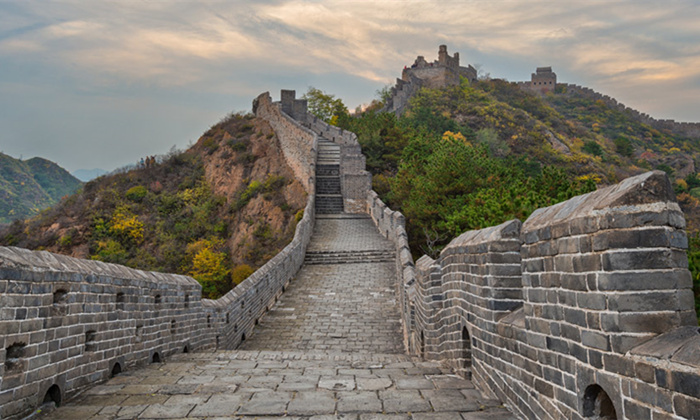
The Forbidden City
At the direct center of Beijing is the historically significant Forbidden City. This served as the imperial palace during both the Ming and the Qing dynasties. In 1987, the area was designated as a UNESCO World Cultural Heritage Site because of the large part it has played in Chinese history. The city was built during the Ming dynasty from the years 1406 to 1420. It occupies an area of 720,000 square meters, and there are about 8,700 rooms in the complex. The Forbidden City is protected by a high city wall and a wide moat. Visitors outside of the city can see majestic turrets at each its four corners.
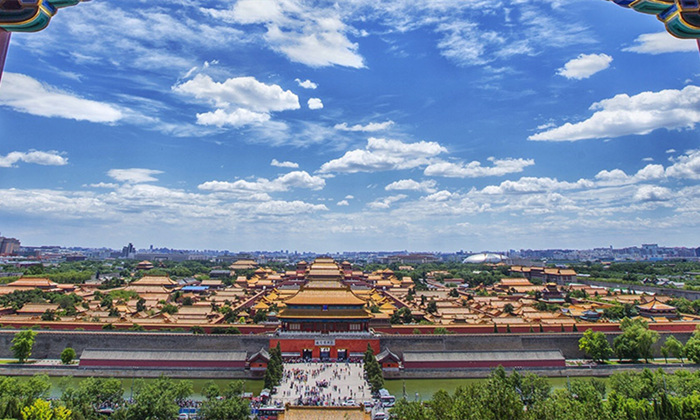
Li River
Winding through Guilin, the Li River is a beautiful addition to the landscape and offers a picturesque view of classical karst characteristics of the area. This 437-kilometer river showcases a range of scenic areas, with the most famous being in Yangshuo County, which has influenced art for many centuries. The most effective way of viewing the beauty of this river is to tour the river by boat, allowing the visitor to witness the stunning peaks, waterfalls, and rocks that dot the river.
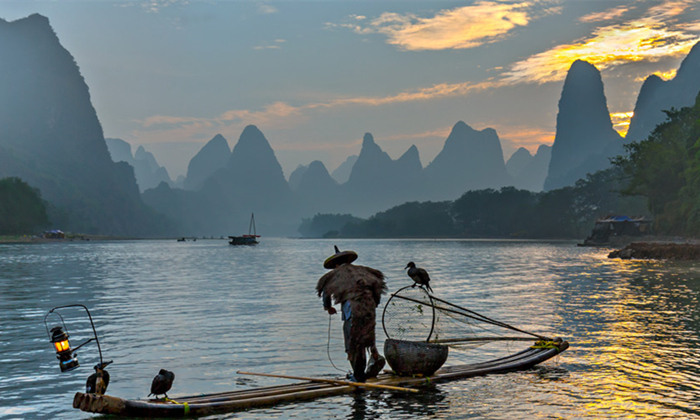
Terracotta Army
The Terracotta Army is a collection of objects from the reign of the oldest emperor of China, Qin Shi Huang. The sculptures are representation of the emperor's army, and they were buried alongside his tomb to protect him after death. 8,000 powerful warriors holding bronze weapons are the most impressive aspect of the collection. In addition, there are horses, chariots, officials, and various types of workers who joined ancient armies. The warriors are life-sized, but each varies in height and uniform according to their military status. Today, visitors from all over the world visit this must-see sight because of its cultural realism and sheer size.
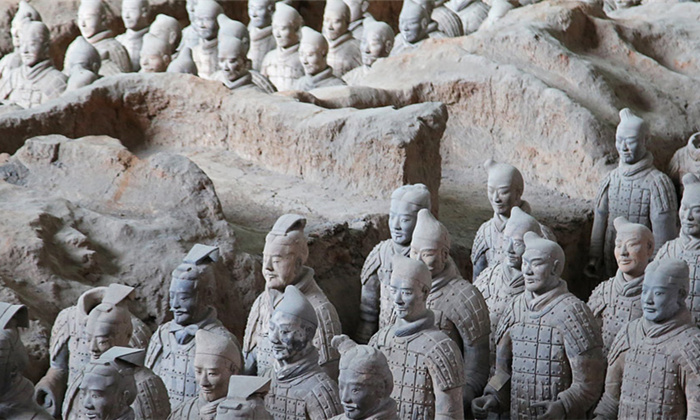
Temple of Heaven
The Temple of Heaven is the largest ancient sacrificial complex in China. Emperors held the Heaven Worship Ceremony here during the Ming and Qing dynasties. Buildings on the complex are noted for their grandiose architecture. Surrounded by two walls, the complex occupies an area of 2,700,000 square meters and contains an inner temple and an outer temple. The most popular buildings are the Altar of Prayer for Good Harvests and the Circular Mound Altar. The Altar of Prayer for Good Harvests is the oldest building on the complex. It is a circular building containing a roof with three eaves.
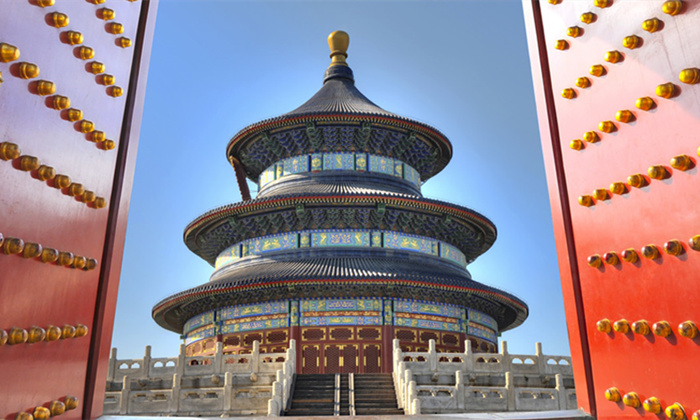
Tiananmen Square
One of the largest city squares in the world, Tiananmen Square has played host to some of the most significant events in Chinese history. It lies at the center of Beijing. The square is an area of 440,000 square meters, and it can hold about one million people in its gates. The Tiananmen Rostrum on the north side is an impressive sight, while the National Museum of China on the east side attracts many people each day. Chairman Mao's Memorial Hall and the Monument to the People's Heroes are located in the center of the square.
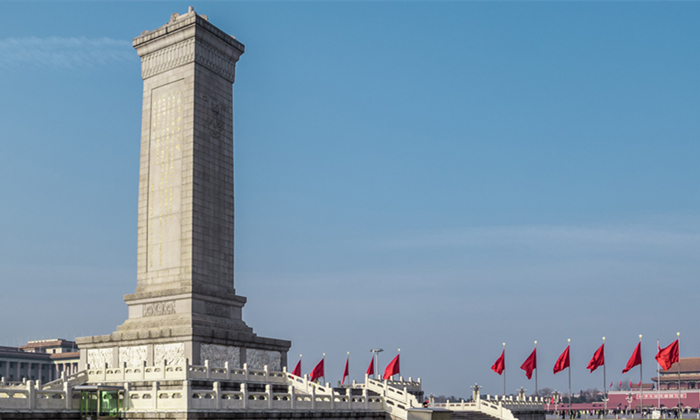
Potala Palace
One of the most recognizable palaces, the Potala Palace, is both the symbol of Tibet and of the city of Lhasa. Built to commemorate the marriage of the 33rd king of Tibet, Soongtsan Gampo and the Princess Wen Cheng of the Tang Dynasty. Later it became the home of the Dalai Lama and the center of both religion and politics in Tibet. The entire structure is decorated with countless antiques, religious artifacts, and colorful paintings that showcase both the history of the region and Buddhist stories.
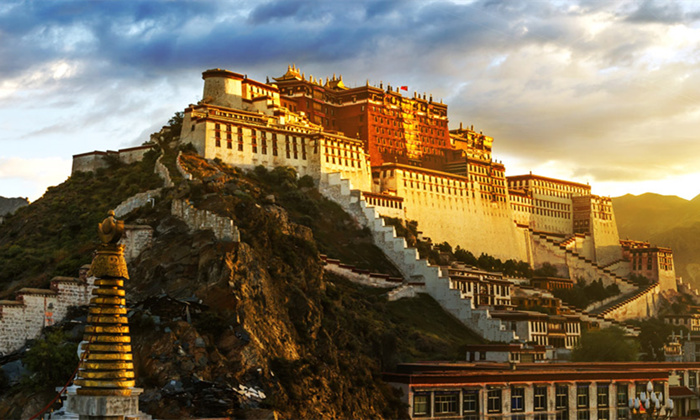
The Bund
The Bund is one of the primary symbols of Shanghai. It lies along the waterfront of the busy Huangpu River, which is a branch of the Yangtze. Those visiting Shanghai should put the Bund on their to-do list. It is about 1.5 km long and centers on an area of Zhongshan Road, hosting an eclectic mix of architecture on its west side (Gothic, Roman, baroque, and Western). On the other side of the river, the many modern skyscrapers of the Pudong district serve as the skyline for countless memorable pictures. The colors of the night attract visitors from all over the world.
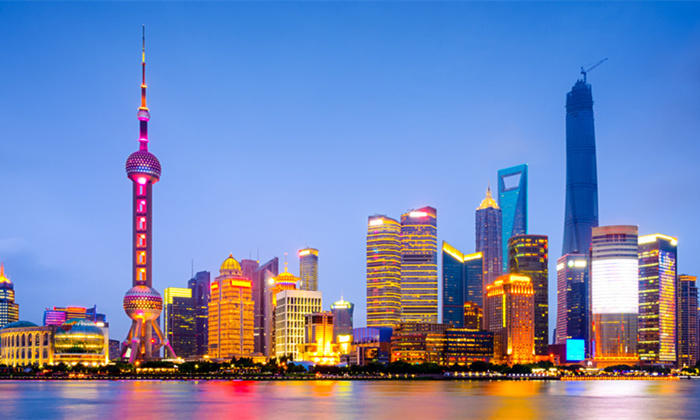
China is a huge and diverse travel destination in the world with a wealth of sightseeing spots to explore. Amidst this large list of famous tourist attractions, there is always confusion regarding choosing the best sight to visit in China. Well, we present the list of top 10 sightseeing spots in China for you to create China Tours. Don't forget to put the following must-see attractions in China on your bucket list.
The Great Wall
Along the historical northern Chinese border stands the mighty Great Wall, which was built to protect the ancient states against invasions from numerous Eurasian nomadic groups. Not much is left of the original wall, which has been rebuilt and enhanced a number of times. Most of the wall now standing is from the Ming Dynasty. The Great Wall spans from Liaoning's Dandong in the east to Xinjiang's Lop Lake in the west, and it skims the southern part of Inner Mongolia. The most famous sections of the Great Wall include Juyongguan Pass, Mutianyu Great Wall, Shanhaiguan Pass , and Jiayuguan Pass in Gansu province.

The Forbidden City
At the direct center of Beijing is the historically significant Forbidden City. This served as the imperial palace during both the Ming and the Qing dynasties. In 1987, the area was designated as a UNESCO World Cultural Heritage Site because of the large part it has played in Chinese history. The city was built during the Ming dynasty from the years 1406 to 1420. It occupies an area of 720,000 square meters, and there are about 8,700 rooms in the complex. The Forbidden City is protected by a high city wall and a wide moat. Visitors outside of the city can see majestic turrets at each its four corners.

Li River
Winding through Guilin, the Li River is a beautiful addition to the landscape and offers a picturesque view of classical karst characteristics of the area. This 437-kilometer river showcases a range of scenic areas, with the most famous being in Yangshuo County, which has influenced art for many centuries. The most effective way of viewing the beauty of this river is to tour the river by boat, allowing the visitor to witness the stunning peaks, waterfalls, and rocks that dot the river.

Terracotta Army
The Terracotta Army is a collection of objects from the reign of the oldest emperor of China, Qin Shi Huang. The sculptures are representation of the emperor's army, and they were buried alongside his tomb to protect him after death. 8,000 powerful warriors holding bronze weapons are the most impressive aspect of the collection. In addition, there are horses, chariots, officials, and various types of workers who joined ancient armies. The warriors are life-sized, but each varies in height and uniform according to their military status. Today, visitors from all over the world visit this must-see sight because of its cultural realism and sheer size.

Temple of Heaven
The Temple of Heaven is the largest ancient sacrificial complex in China. Emperors held the Heaven Worship Ceremony here during the Ming and Qing dynasties. Buildings on the complex are noted for their grandiose architecture. Surrounded by two walls, the complex occupies an area of 2,700,000 square meters and contains an inner temple and an outer temple. The most popular buildings are the Altar of Prayer for Good Harvests and the Circular Mound Altar. The Altar of Prayer for Good Harvests is the oldest building on the complex. It is a circular building containing a roof with three eaves.

Tiananmen Square
One of the largest city squares in the world, Tiananmen Square has played host to some of the most significant events in Chinese history. It lies at the center of Beijing. The square is an area of 440,000 square meters, and it can hold about one million people in its gates. The Tiananmen Rostrum on the north side is an impressive sight, while the National Museum of China on the east side attracts many people each day. Chairman Mao's Memorial Hall and the Monument to the People's Heroes are located in the center of the square.

Potala Palace
One of the most recognizable palaces, the Potala Palace, is both the symbol of Tibet and of the city of Lhasa. Built to commemorate the marriage of the 33rd king of Tibet, Soongtsan Gampo and the Princess Wen Cheng of the Tang Dynasty. Later it became the home of the Dalai Lama and the center of both religion and politics in Tibet. The entire structure is decorated with countless antiques, religious artifacts, and colorful paintings that showcase both the history of the region and Buddhist stories.

The Bund
The Bund is one of the primary symbols of Shanghai. It lies along the waterfront of the busy Huangpu River, which is a branch of the Yangtze. Those visiting Shanghai should put the Bund on their to-do list. It is about 1.5 km long and centers on an area of Zhongshan Road, hosting an eclectic mix of architecture on its west side (Gothic, Roman, baroque, and Western). On the other side of the river, the many modern skyscrapers of the Pudong district serve as the skyline for countless memorable pictures. The colors of the night attract visitors from all over the world.

Related Articles You May Like
Most Frequently Asked Questions
Japan Office
- Tel: +81 50-3701-6391
- Email: info@japanholiday.com
- Working Hours: 8am-7pm, (Japan)
USA Office
- Tel: +1-6265617117
- Email: info@japanholiday.com
- Working Hours: 8am-7pm, Pacific Time

